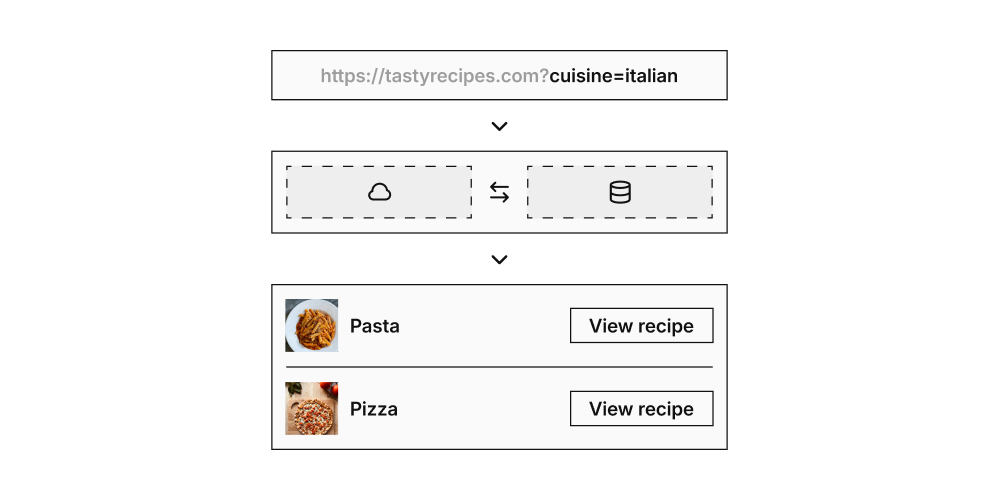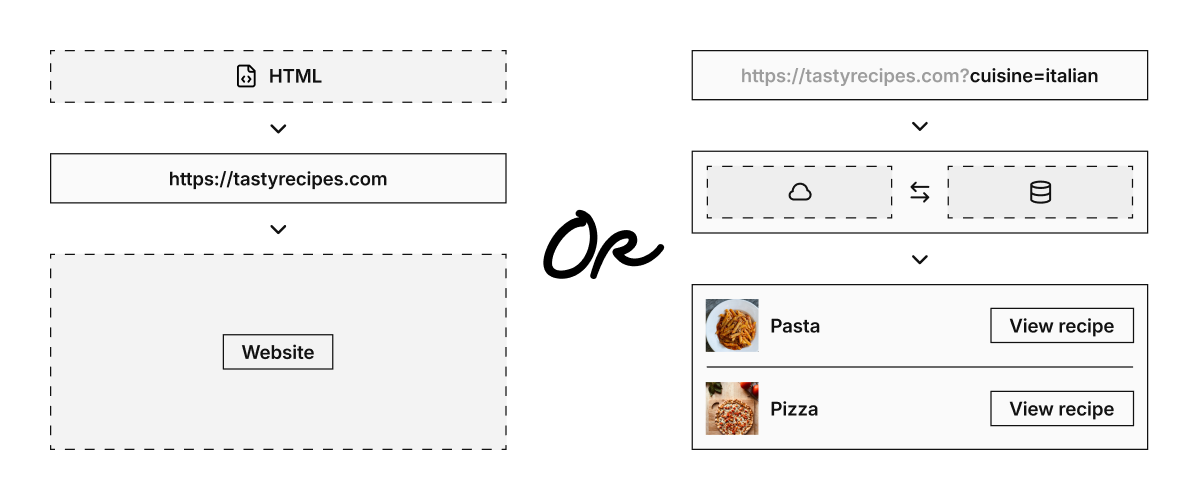What's the difference between a static and dynamic website?
The terms "static" and "dynamic" are probably familiar to you as a business owner navigating the internet when talking about websites. However, what do these names actually represent, and more significantly, which one is most appropriate for your company? I'll examine the benefits and drawbacks of both static and dynamic websites in this post so you can make an informed choice.
What is a static website?
Unless the website owner or developer updates it manually, a static website has fixed content that doesn't change for any user.
Key characteristics:
Fixed content: Pages are pre-built HTML files stored on the server.
Simplicity: Typically easier to create and maintain.
Fast loading: Generally load quickly due to their simplicity.
Limited interactivity: Offer minimal user interaction beyond basic navigation.
Pros:
Quick to develop
Cost-effective for small, simple websites
Excellent security due to lack of database
Fast loading times
Cons:
Limited functionality
Difficult to update frequently
Less scalable for growing businesses
What is a dynamic website?
In order to provide visitors with individualized experiences, dynamic websites frequently draw data from databases to build content in real-time.
Key characteristics:
Real-time content: Pages are generated on-the-fly when a user requests them.
Database-driven: Content is stored in a database and retrieved as needed.
Interactivity: Offers features like user accounts, comments, and personalized content.
Scalability: Can easily grow and adapt to changing business needs.
Pros:
Highly interactive and engaging for users
Easy to update and manage content
Scalable for growing businesses
Supports advanced functionality (e-commerce, user accounts, etc.)
Cons:
More complex to develop and maintain
Potentially slower loading times
Higher hosting requirements
Increased security considerations due to database use
Which one should you choose?
The decision between dynamic and static websites is based on your unique business requirements:
Choose a static website if:
You have a small business with infrequently changing content
You prioritize fast loading times and simplicity
You have a limited budget for website development
You don't need complex features or frequent updates
Choose a dynamic website if:
Your content changes frequently
You need advanced features like e-commerce or user accounts
You want to provide personalized experiences for your users
You anticipate significant growth and need scalability
The hybrid approach
It's important to remember that several current web development tools support a hybrid methodology. It is possible to design websites with the simplicity and speed of static pages and add dynamic components when necessary. For many organizations, this strategy delivers the best of both worlds.
Conclusion
Making the best decision for your company's online appearance requires knowing the differences between static and dynamic websites. Static websites are quick and easy to use, but dynamic websites are more flexible and have more features. When choosing your choice, take your long-term ambitions, budget, and business goals into account.
Recall that the most crucial thing is that your website fulfills the needs of your clients and accurately portrays your business, whichever style you decide on. Ask me in the conversation if you're not sure which strategy is best for you!
Continue to explore, to innovate, and most importantly, to design your own success!





